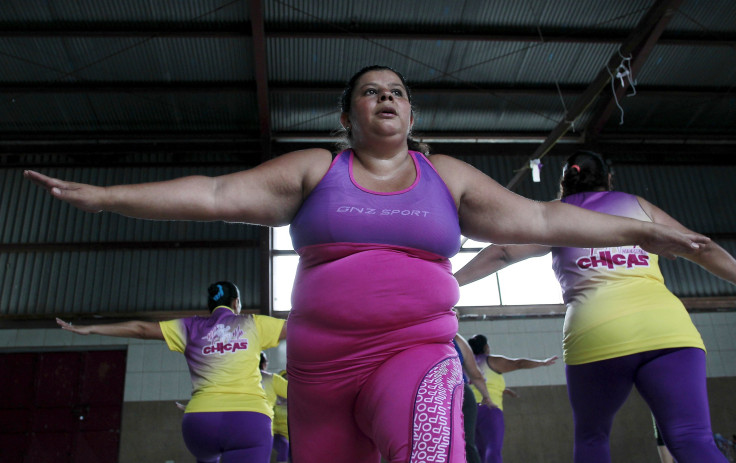Even Short Bursts Of Exercise Can Reverse Heart Problems In People With Type 2 Diabetes

It goes without saying that exercise and a healthy diet are the two main protecting factors against type 2 diabetes, obesity, and heart disease. But questions about how to exercise still remain: Should the workouts be brief, moderate, or intense?
In a new study published in Diabetologia, researchers examined the effect of brief, high-intensity workouts on type 2 diabetes patients who had already experienced heart abnormalities due to the disease. They found that these short bursts of exercise had a positive impact on the patients, improving their heart structure and offering some of the best protection for diabetes control.
“This study demonstrates, for the first time, that exercise can begin to reverse some of the early cardiac changes that are commonly found in people with type 2 diabetes,” the authors wrote. “Interestingly, the data also suggest that this type of high intensity intermittent exercise benefits both the heart and diabetes control, but the benefits appear to be greatest in the heart.”
Type 2 diabetes and heart disease often go hand in hand, with diabetes being a huge risk factor for cardiovascular problems and vice versa. Heart disease is also the leading cause of death for people with type 2 diabetes. Diabetes causes the heart structure to change very early on — altering the state of the left ventricle and other aspects.
In the study, the researchers examined 23 participants who had type 2 diabetes. They were assigned to two different groups; the first involved 12 weeks of high-intensity exercise — up to 90 seconds of intense and intermittent cycling — and the second was simply a continuation of standard diabetes care. The researchers measured cardiac structure and function with MRIs, and they found that these high-intensity, intermittent workouts greatly improved heart structure and function — particularly the left ventricle, which is one of the most important parts of the heart.
“The strong positive effect of exercise on the heart is, although completely logical, a message that needs to be communication to people with type 2 diabetes more clearly,” the authors wrote. “The data reinforce how important a physically active lifestyle is for people with type 2 diabetes. Our findings also suggest that exercise does not have to be 30 minutes of continuous exercise — repeated short bouts of higher intensity exercise give strong benefits to the heart.”
These short bouts of exercise — running, cycling, or even power-walking — could help reduce the healthcare burden of type 2 diabetes and heart disease, two of the most common chronic disorders in the U.S. According to the American Diabetes Association, the healthcare costs of diagnosed diabetes in 2012 was $245 billion — nearly double the amount in 2007. And a recent study found that simply exercising and eating healthy could save diabetic patients up to $500 a year.
“Getting more physically active is, quite literally, at the heart of good diabetes control.”
Source: Cassidy S, Thoma C, Hallsworth K, Parikh J, Hollingsworth K, Taylor R. High intensity intermittent exercise improves cardiac structure and function and reduces liver fat in patients with type 2 diabetes: a randomized controlled trial. Diabetologia. 2015.
Published by Medicaldaily.com



























